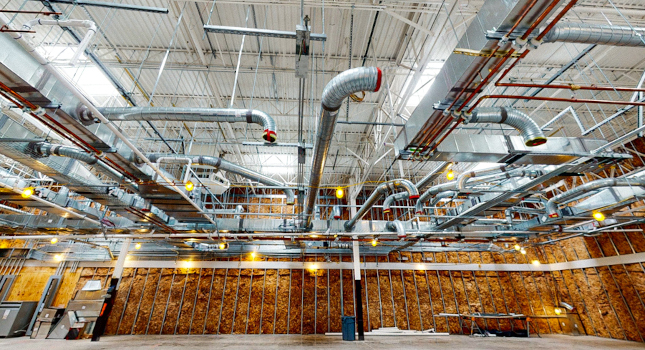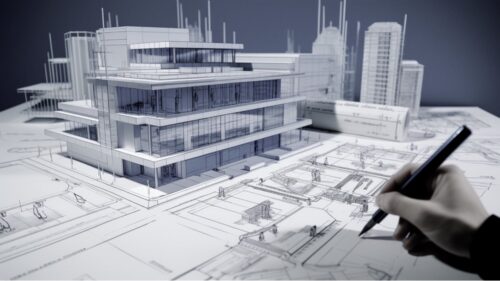How DfMA improves project installations
Positive impacts of a DfMA approach to design and construction
Over the past few months I’ve been sharing my thoughts on Design for Manufacturing and Assembly (DfMA) and how, here at Henderson Engineers, we’re exploring DfMA in our design process to increase efficiencies and cost-effective outcomes.
In my recent article about the DFMA process, I speculated that using a standard, repeatable duct module for a client’s HVAC airside system would result in improved construction execution and reduced challenges encountered during installation. Specifically, I believed that the installation would be faster, have fewer errors, reduce material and component waste, reduce quantity of installation crews working concurrently, and – maybe just as important – adhere more closely to the construction documents.
What we viewed during our site observation helped bring credence to these predictions. The installation efficiencies began even before crews arrived on site. During the design phase, our project partner U.S. Engineering‘s virtual construction team consolidated design content in BIM and then converted that into buildable components. These components were assembled in modules off site and delivered to the site within the project installation timeline. Once delivered, the pre-assembled modules were hoisted into place and, after only seven and a half days of mechanical site work, nearly 90% of all mechanical work ductwork installation was complete.
But the innovations didn’t stop with the project’s design and fabrication. When the assembled modules were delivered, field contractors used the Unistrut from the shipping containers as a method to hang the modules. This not only reduced waste, but also established a secondary use for something that historically would have been discarded. These efforts had a compounding effect related to site organization and cleanliness. With less physical waste and less field fabrication waste, the site was much cleaner.
In addition to installation efficiency and enhanced site organization and cleanliness, the use of duct module components led to improved adherence to the engineering construction documents.
By having fewer unique components that could be used in multiple locations, installation errors were reduced without any impact to the project design.
These are just a few of the positive impacts of a DfMA approach to design and construction. Stay tuned for more insights as this project and others continue to evolve.
This originally appeared on Henderson Engineer’s website. Henderson Engineers is a CFE Media content partner.
Original content can be found at www.hendersonengineers.com.
Do you have experience and expertise with the topics mentioned in this content? You should consider contributing to our CFE Media editorial team and getting the recognition you and your company deserve. Click here to start this process.






